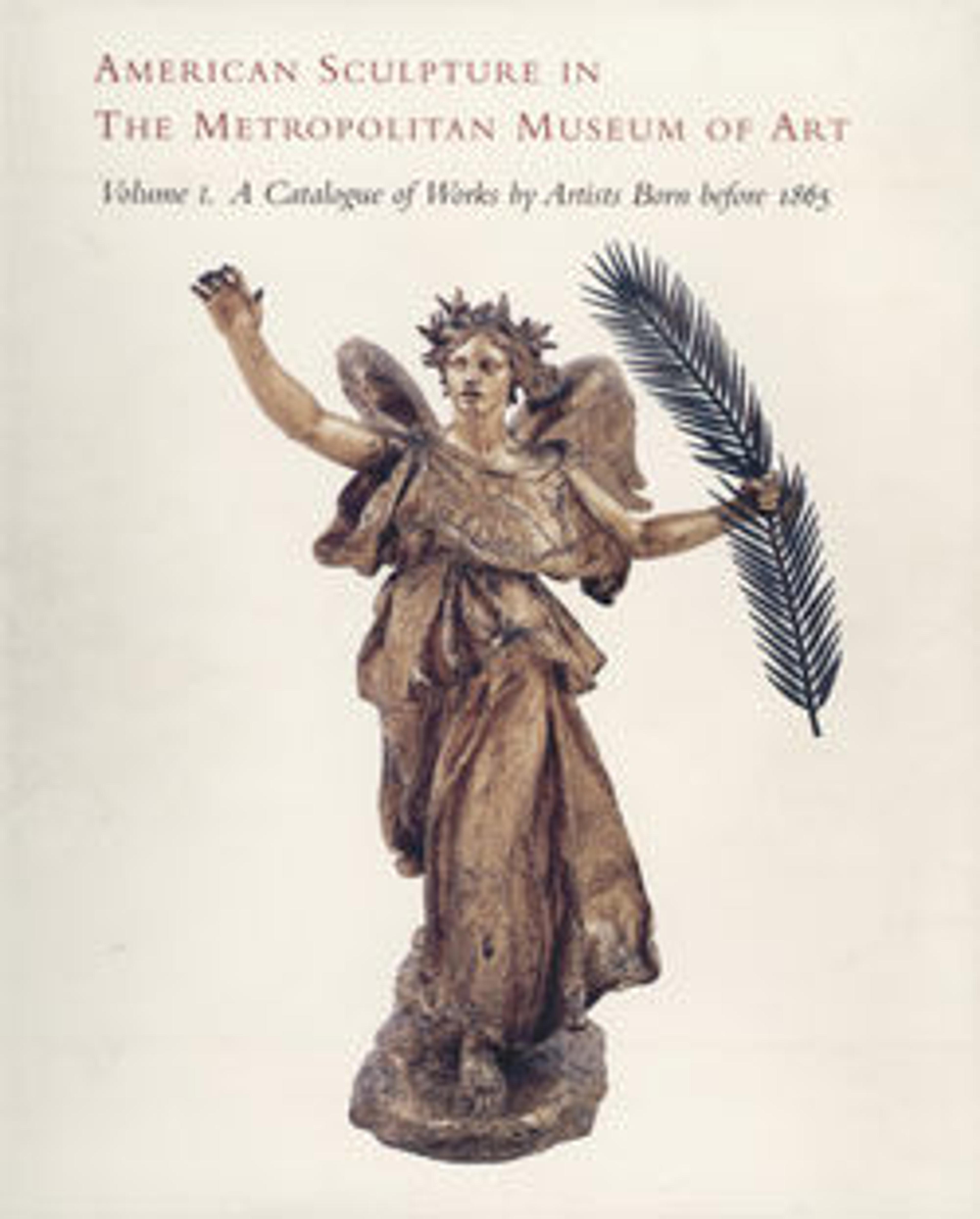Samuel Finley Breese Morse
Greenough met artist and inventor Samuel F.B. Morse (1791-1872) in New York in 1828, with a letter of introduction from his mentor, the Boston painter Washington Allston. Morse was then at the height of his artistic career and was the first president of the recently founded National Academy of Design. In 1828 Greenough settled in Florence, Italy. Morse arrived there in 1830; soon he and Greenough shared a house on the via Valfonda with American painters Thomas Cole and John Cranch. In spring 1831 Greenough modeled busts of Cole and Morse. How closely Greenough portrayed the features of the forty-year-old Morse can be deduced by comparing the bust to the description on Morse’s passport: "middling forehead…prominent nose, common mouth, …rather sharp face." The original marble is now in the collection of the Smithsonian American Art Museum; the Metropolitan’s plaster may have been cast in 1928 from a plaster at the National Academy of Design in preparation for the production of a bronze cast for New York University (Bobst Library).
Artwork Details
- Title: Samuel Finley Breese Morse
- Artist: Horatio Greenough (American, Boston, Massachusetts 1805–1852 Somerville, Massachusettes)
- Date: 1831; cast probably 1928?
- Culture: American
- Medium: Painted plaster
- Dimensions: 22 x 11 1/2 x 6 1/2 in. (55.9 x 29.2 x 16.5 cm)
- Credit Line: Museum Accession
- Object Number: X.331
- Curatorial Department: The American Wing
More Artwork
Research Resources
The Met provides unparalleled resources for research and welcomes an international community of students and scholars. The Met's Open Access API is where creators and researchers can connect to the The Met collection. Open Access data and public domain images are available for unrestricted commercial and noncommercial use without permission or fee.
To request images under copyright and other restrictions, please use this Image Request form.
Feedback
We continue to research and examine historical and cultural context for objects in The Met collection. If you have comments or questions about this object record, please contact us using the form below. The Museum looks forward to receiving your comments.
